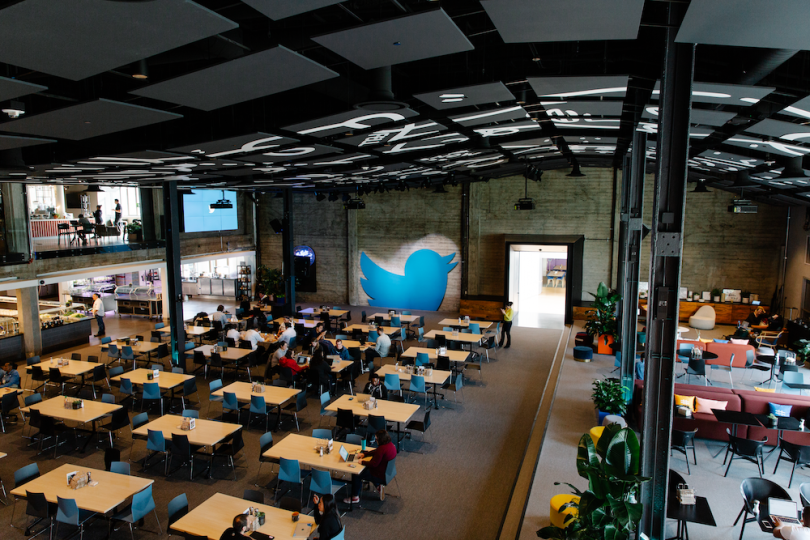Roaring 20’s: Is there a Recession on the Rise?
November 18, 2022
“Sorry that this is my first email to the company, but there’s no way to sugarcoat the message,” penned Elon Musk in the company-wide email that laid off 50% of Twitter employees following the investor’s $44 billion dollar acquisition of the social media platform.
Like dominoes, other tech companies have been laying off or downsizing their workforce. Meta laid off 11,000 employees as of Nov. 9, citing fears of a recession creeping into the US economy.
California’s unemployment rate plummeted from 4.1% to 3.9%, seemingly defying economic realities. In addition to 85,000 jobs, 10 of California’s 11 job sectors had seen growth since June 2022, especially in healthcare and tech-related fields. At the start of the pandemic, 2.7 million jobs had been lost, and 40,000 businesses were forced to close. Now, around 99.1% of those losses have been restored.
Nevertheless, the job increase isn’t exactly a call for celebration, according to the Phillips Curve — a macroeconomic theory that suggests that a high inflation rate correlates with a lowered unemployment rate.
With inflation rates remaining high at 7.7% and recession paranoia afoot, Californians may be forced to pick up two or more jobs to weather the economic fluctuations of rising costs of living. The U.S. Bureau of Labor Statistics reported a 10% food price hike and an overall 25.9% price increase in energy prices in 2022; 11.6% of that is due to the rise in gas prices.
Two consecutive quarters of negative GDP growth in the first half of 2022 further indicate an ongoing recession. Contrary to the data, Pres. Joe Biden has said the economy is nowhere near a recession, and is actually in for a “soft landing.”
The Bay Area is the birthplace to tech giants and powerhouses, like Facebook and Silicon Valley. Computer Science majors had a growing rate of 5.06% from 2019 to 2020. Accounting for 273,000 tech jobs alone, many are striving for a life in Palo Alto.
The alarming layoff rates paired with the high cost of living make it hard to envision what the future might hold. There is a slight slowdown in the rising cost of house prices, however mortgage rates are steadily increasing. Additionally, Musk called off remote work and placed a mandate for in-person work – directly affecting those who are not able to afford the Bay Area lifestyle. The reason for these layoffs and revampment is due to the surplus of employees that were hired during the pandemic. Musk himself believes that a recession will continue, “probably until spring of ‘24.” As the demand for remote work is slowly fading away, the comfortability of working at home isn’t as financially practical as it was before. Keeping those employees is too costly in the grand scheme.
Another reason for the end of the technology boom is because of dependency on advertisements for revenue, and forecasts predict AI will be the key factor in the tech industry for 2023. Amazon has issued a hiring freeze, and is putting more focus on Alexa, and Meta is invested in creating a virtual reality.
We are seeing economic slowdowns, but with each there is a sub factor that increases. There are many parallels with past recessions that we are seeing happening now, which leave economists to believe that we are in for a “whopper” or a recession in 2023. As paranoia ensues, looking for more job opportunities and different sources of income, as well as being smart about where your investments go, are ways to survive a recession to the best of your ability.
















